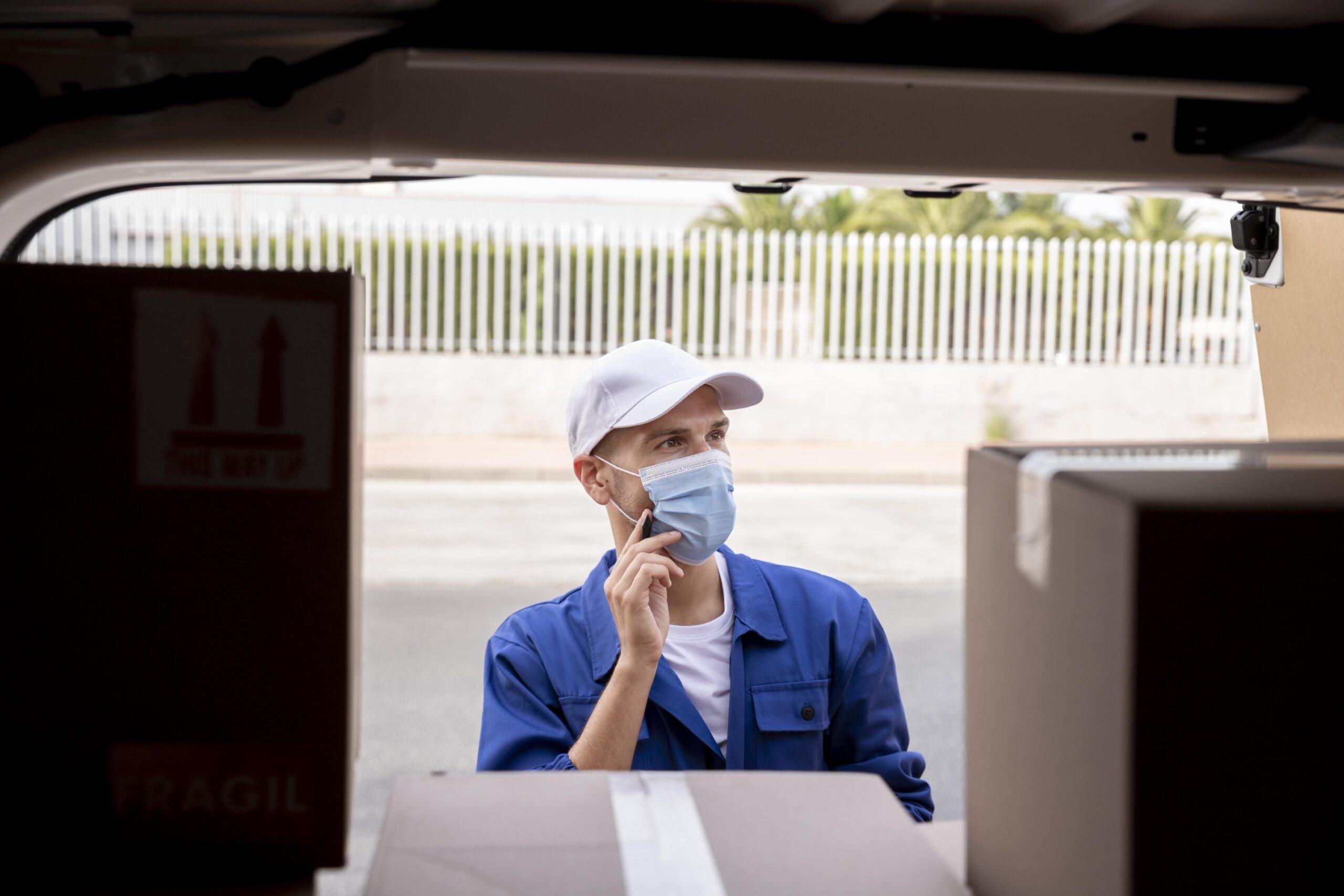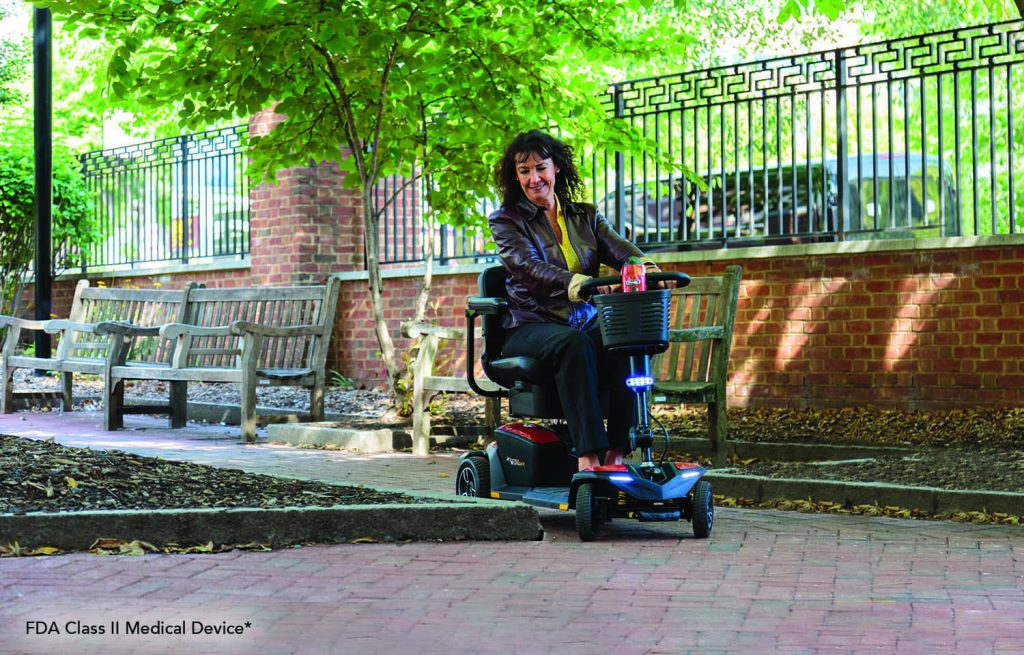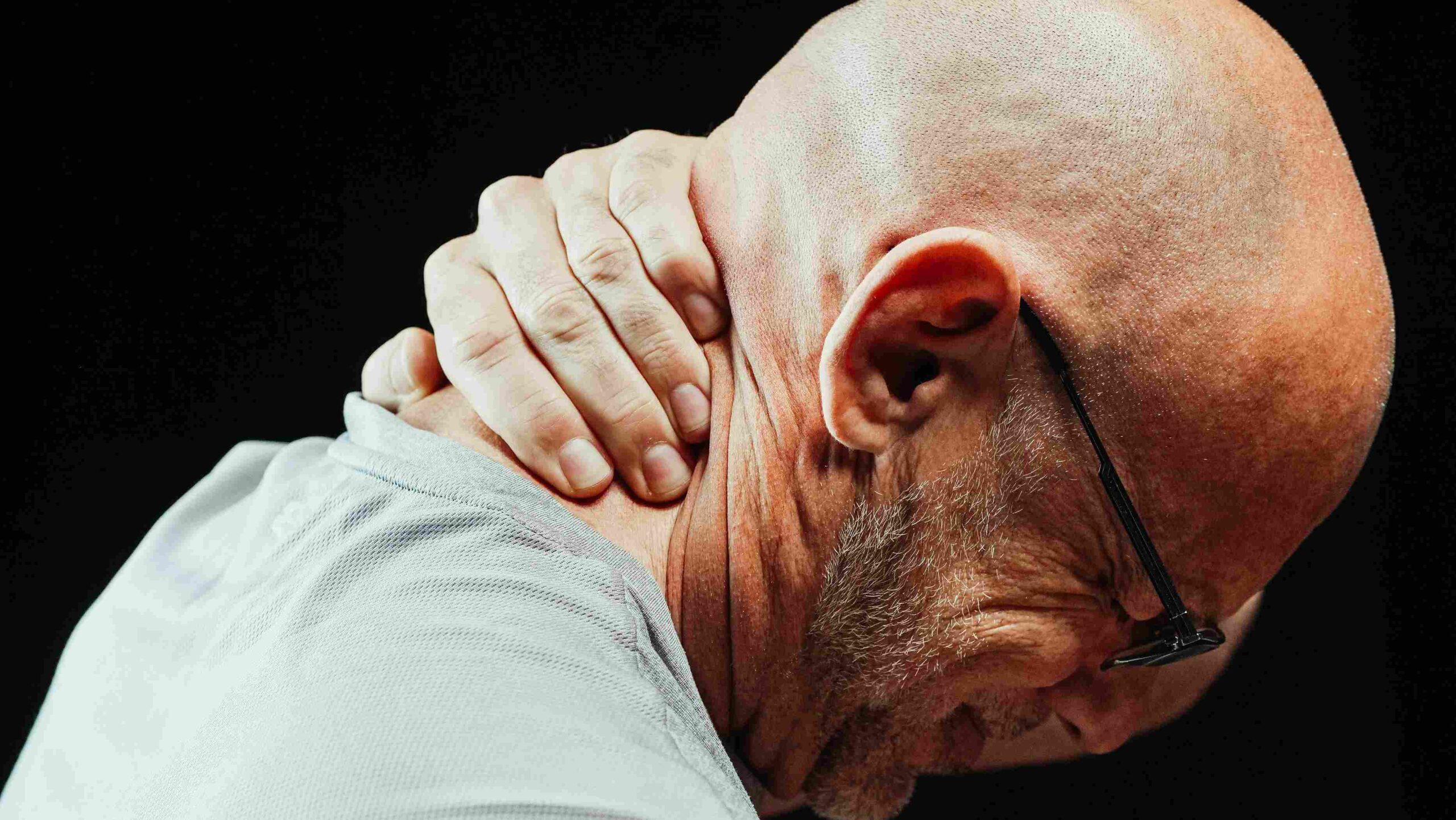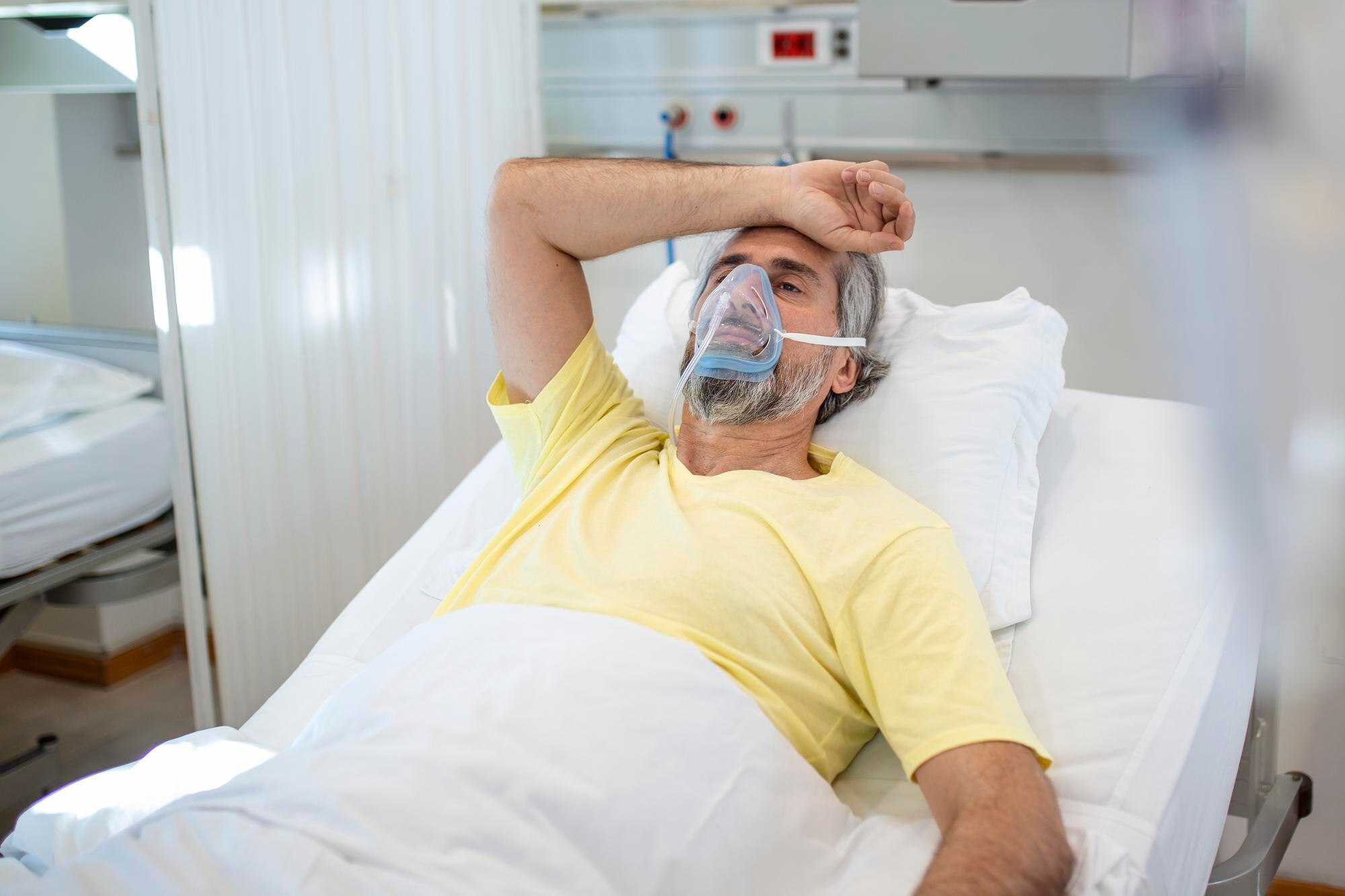For individuals who require supplemental oxygen, choosing the right delivery method is essential for maintaining health, comfort, and independence. With various options available—from oxygen tanks to portable concentrators—it’s crucial to select a system that aligns with your medical needs and daily activities.
As a respiratory therapist, I’ve worked with countless patients to find the best oxygen delivery solutions tailored to their unique lifestyles. In this article, I’ll walk you through the different oxygen delivery methods and provide tips to help you make an informed decision.
Understanding Oxygen Delivery Methods
Supplemental oxygen is delivered through different systems based on factors like your mobility, oxygen requirements, and personal preferences. The primary delivery methods include:
- Oxygen Concentrators: Stationary and portable devices that extract oxygen from the air.
- Compressed Oxygen Tanks: Cylinders filled with compressed oxygen for continuous use.
- Liquid Oxygen Systems: Compact tanks storing oxygen in liquid form, offering high concentrations in a portable design.
Factors to Consider When Choosing an Oxygen Delivery Method
Selecting the right oxygen delivery system involves evaluating your medical needs and lifestyle.
1. Mobility and Activity Level
Your level of activity plays a significant role in determining the best oxygen system for you.
- Active Lifestyle: If you frequently go out, travel, or exercise, a portable oxygen concentrator or lightweight liquid oxygen system may suit you best.
- Primarily Home-Based: For those who spend most of their time at home, a stationary concentrator or compressed oxygen tank might be sufficient.
2. Oxygen Flow Requirements
The amount of oxygen you need—measured in liters per minute (LPM)—affects which systems can meet your needs.
- Low Flow (1-2 LPM): Many portable options can accommodate low flow rates.
- High Flow (3+ LPM): Liquid oxygen systems or stationary concentrators are better for higher oxygen needs.
3. Portability and Weight
Consider how easy it is to transport your oxygen equipment:
- Portable Oxygen Concentrators: Lightweight and FAA-approved for travel, ideal for frequent movers.
- Liquid Oxygen Tanks: Compact but may require regular refilling.
- Compressed Oxygen Cylinders: Heavier and less portable but effective for short-term use.
4. Battery Life and Power Needs
If you need a portable device, battery life is a critical factor:
- Look for portable concentrators with long-lasting batteries for extended outings.
- Keep spare batteries or a charger on hand for emergencies.
Oxygen Delivery Methods: Pros and Cons
Each oxygen delivery system has unique advantages and limitations.
1. Oxygen Concentrators
Stationary Concentrators:
- Pros: Unlimited oxygen supply, suitable for high-flow needs.
- Cons: Requires a power source, limiting mobility.
Portable Concentrators:
- Pros: Lightweight, travel-friendly, and easy to recharge.
- Cons: May not deliver sufficient oxygen for high-flow requirements.
2. Compressed Oxygen Tanks
-
Pros: Reliable, doesn’t require electricity, suitable for emergencies.
- Cons: Heavy, limited oxygen supply, and requires frequent replacements.
3. Liquid Oxygen Systems
-
Pros: High oxygen concentration, lightweight portable tanks.
- Cons: Requires regular refills and careful handling to avoid spills.
Tips for Selecting the Best Option
1. Consult Your Healthcare Provider
Your doctor or respiratory therapist will evaluate your oxygen needs and recommend the most appropriate system.
2. Try Before You Commit
Many oxygen providers offer trial periods to help you test equipment before making a long-term decision.
3. Consider Backup Options
Ensure you have a secondary oxygen source, such as a portable tank, in case of power outages or equipment failure.
4. Plan for Travel
If you travel often, choose a device that’s FAA-approved and easy to transport. Portable oxygen concentrators are usually the best option for frequent travelers.
5. Think About Maintenance
Some systems, like liquid oxygen, require regular refilling, while concentrators need periodic cleaning and filter replacements. Choose one that fits your routine and resources.
FAQs
1. How do I know which oxygen flow rate I need?
2. Can I use a portable oxygen concentrator at night?
3. Are portable concentrators covered by insurance?
4. What’s the difference between pulse and continuous flow?
- Pulse Flow: Delivers oxygen in short bursts when you inhale, conserving battery life.
- Continuous Flow: Provides a steady stream of oxygen, suitable for higher needs or sleep.
5. How do I maintain my oxygen equipment?
Follow the manufacturer’s guidelines for cleaning and filter replacement. Store tanks in a cool, dry place and refill liquid oxygen systems as needed.
Conclusion: Finding the Right Oxygen Delivery System for You
The right oxygen delivery method can significantly improve your quality of life, offering both comfort and freedom. By considering your medical needs, lifestyle, and mobility goals, you can choose a system that supports your health and independence.
Remember, your healthcare team is there to guide you through the process. Don’t hesitate to ask questions, try different options, and make adjustments as your needs evolve. With the right oxygen delivery method, you can breathe easier and live life to the fullest.






